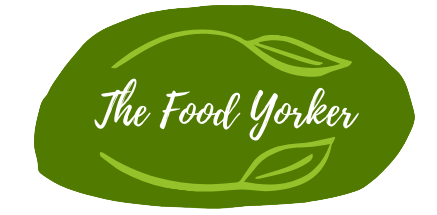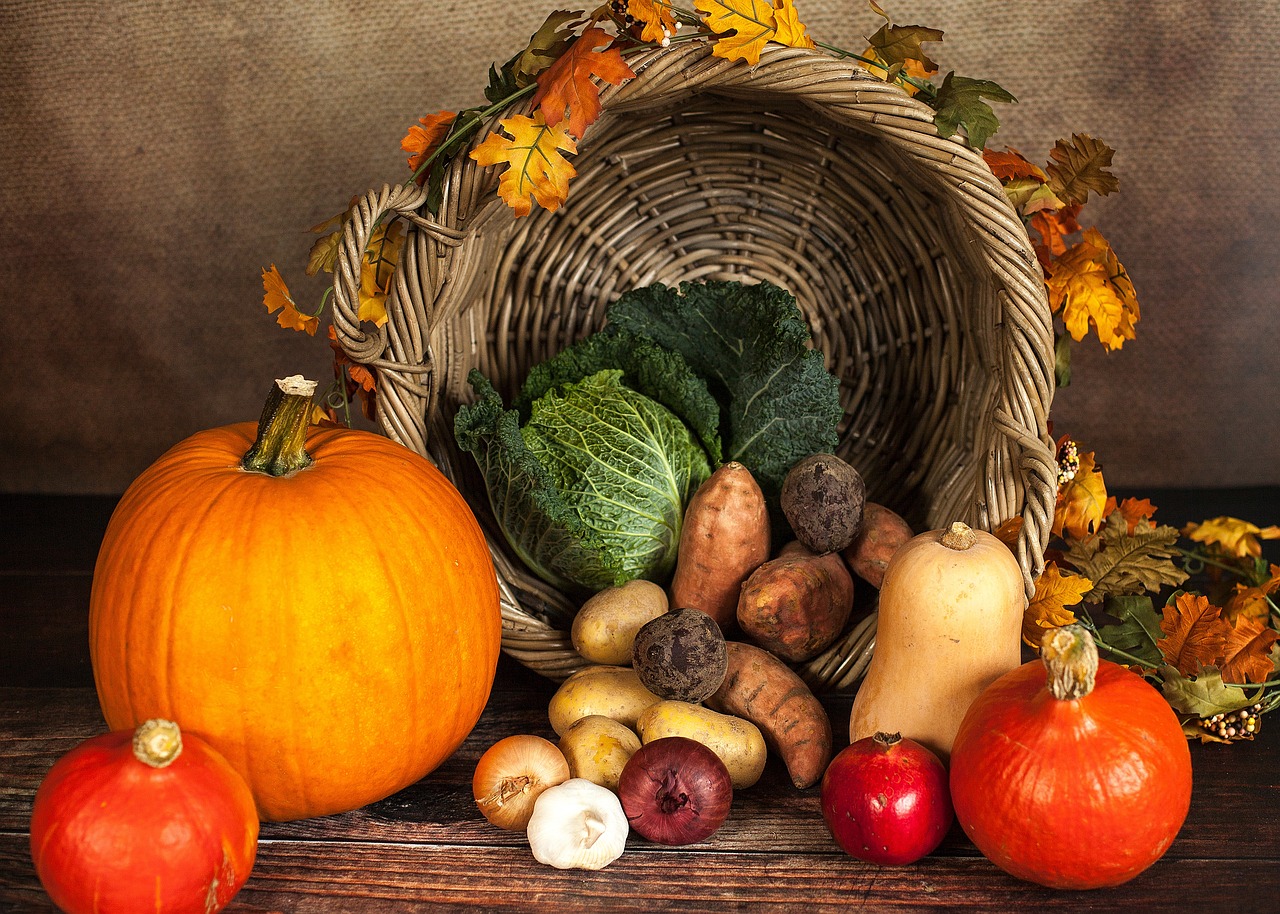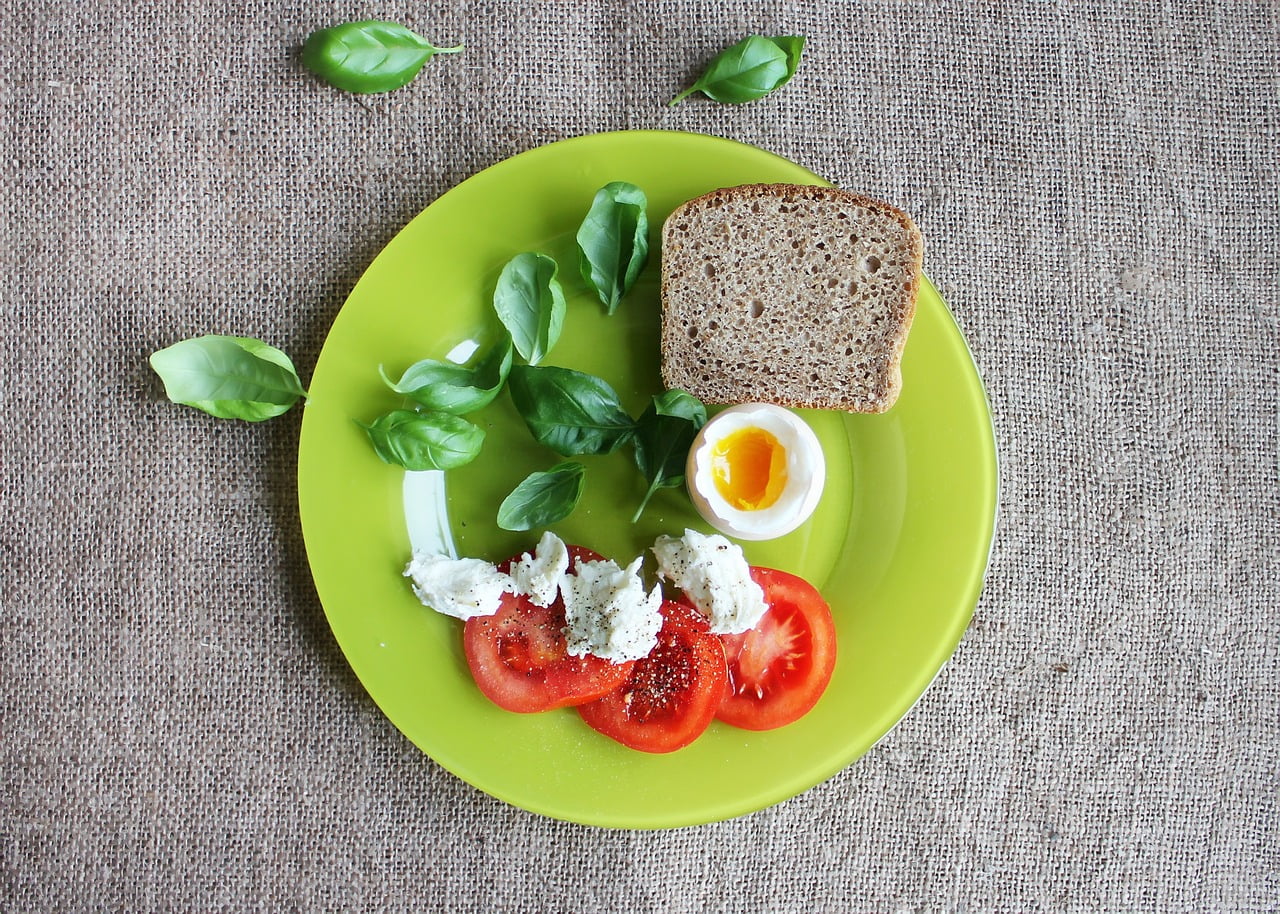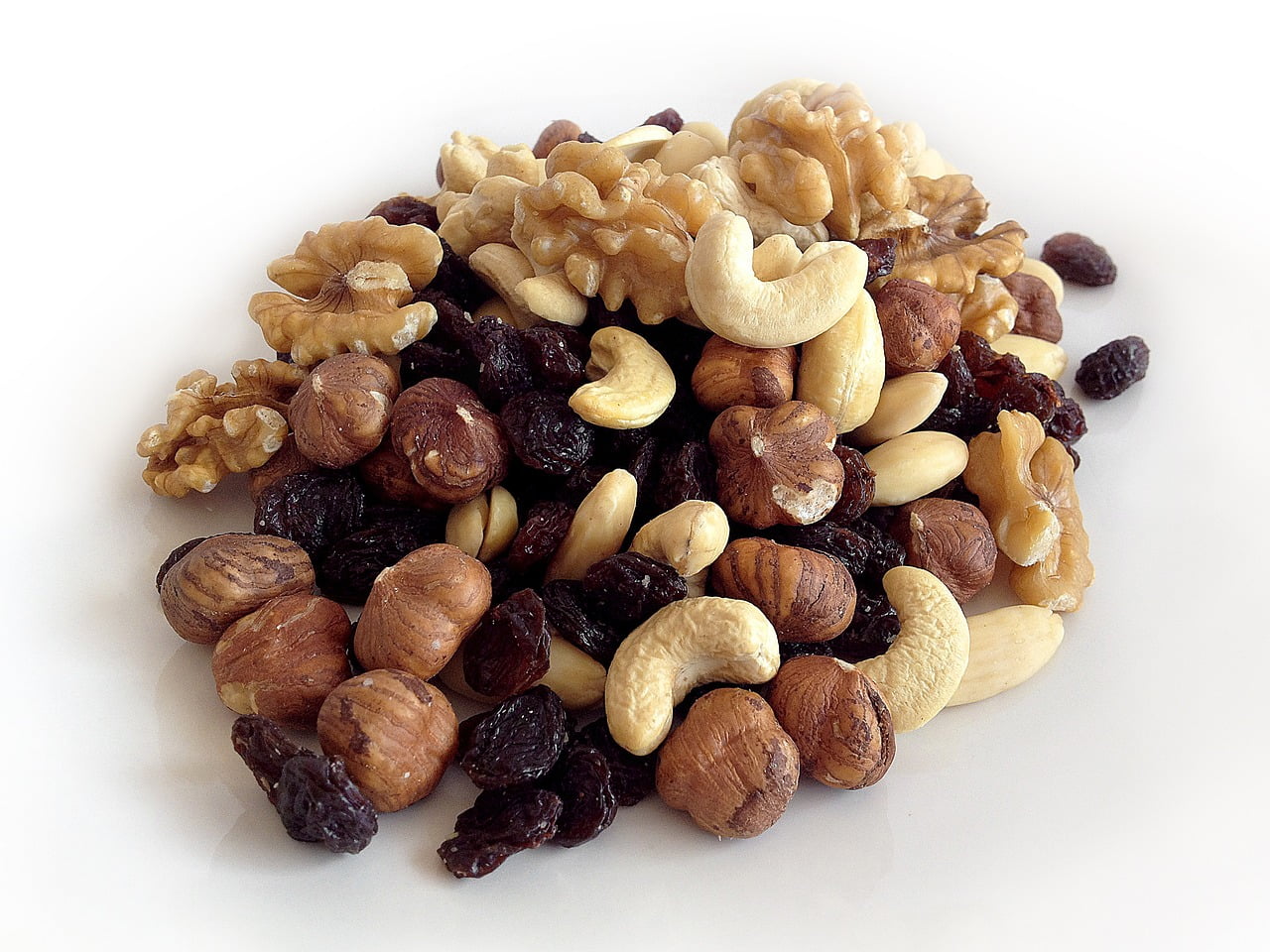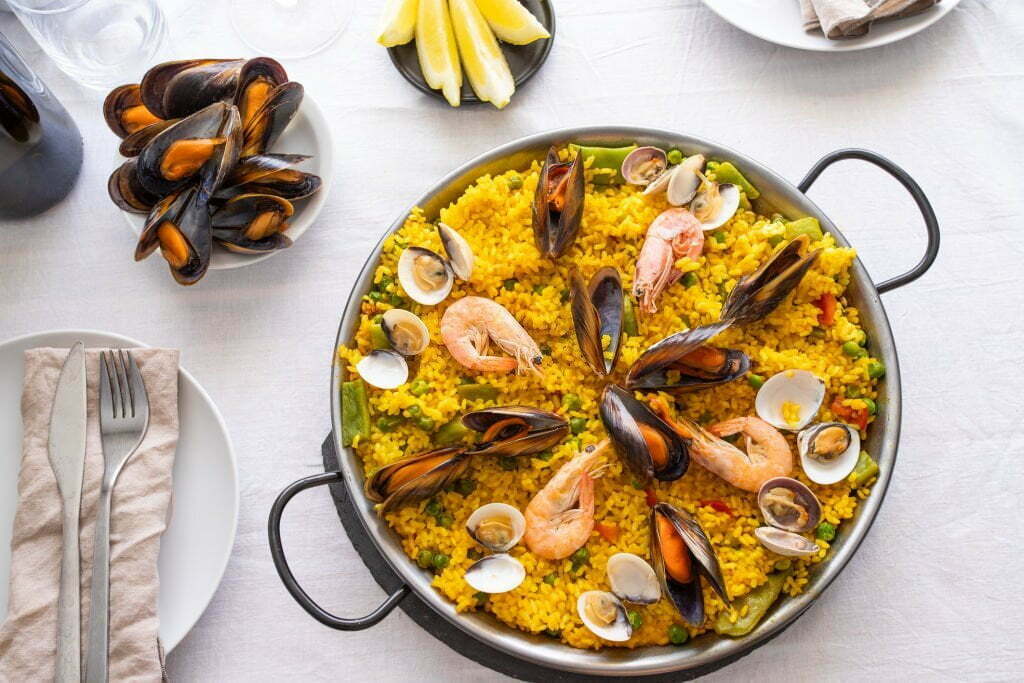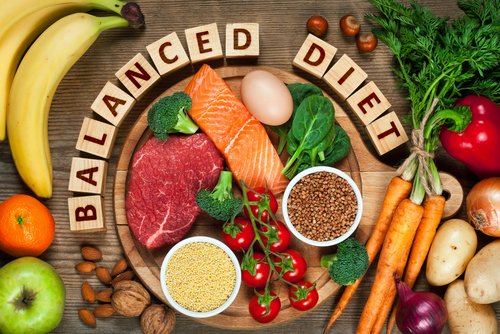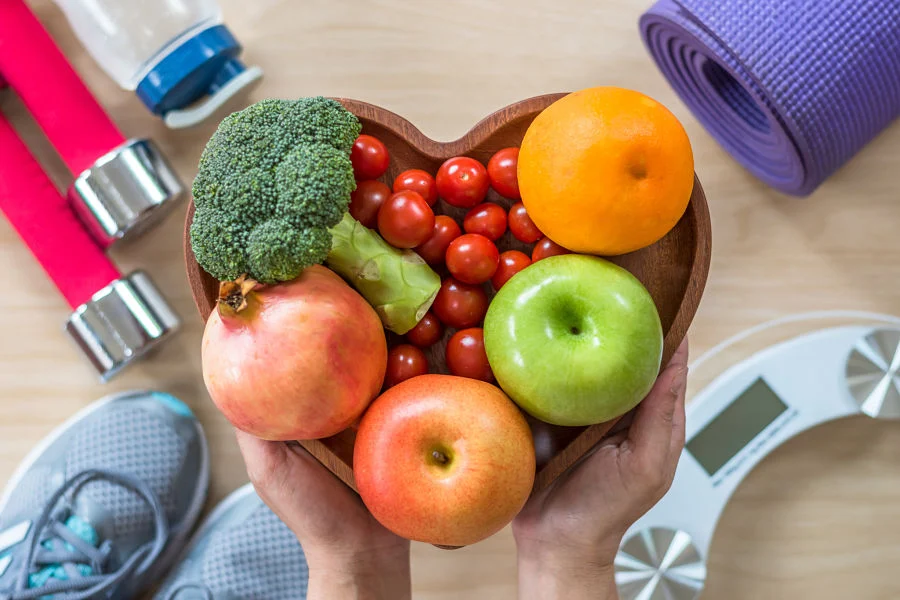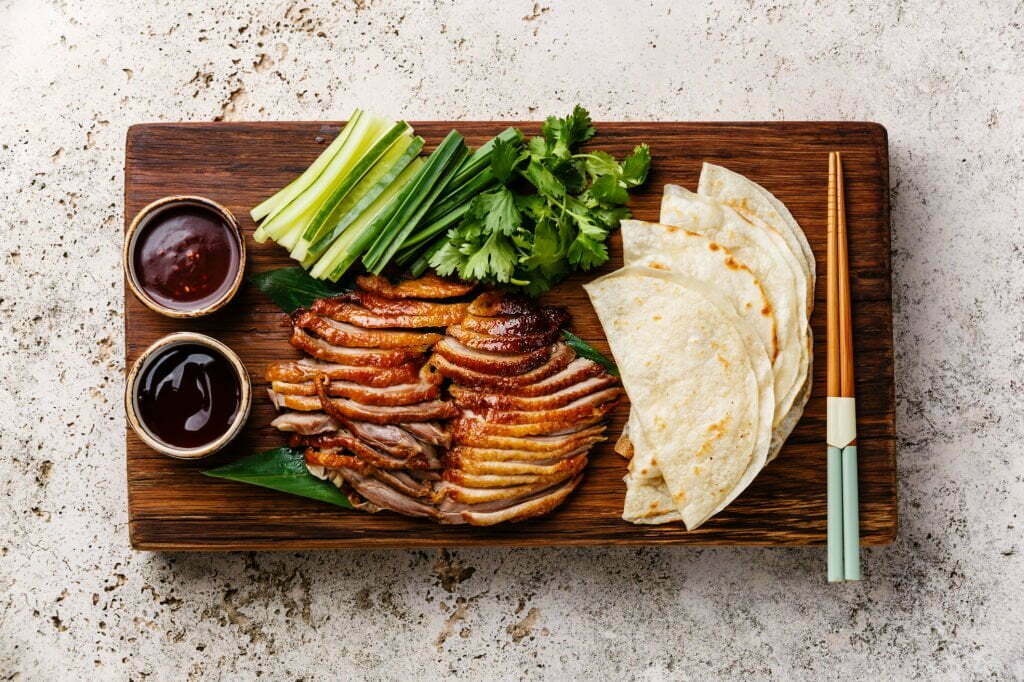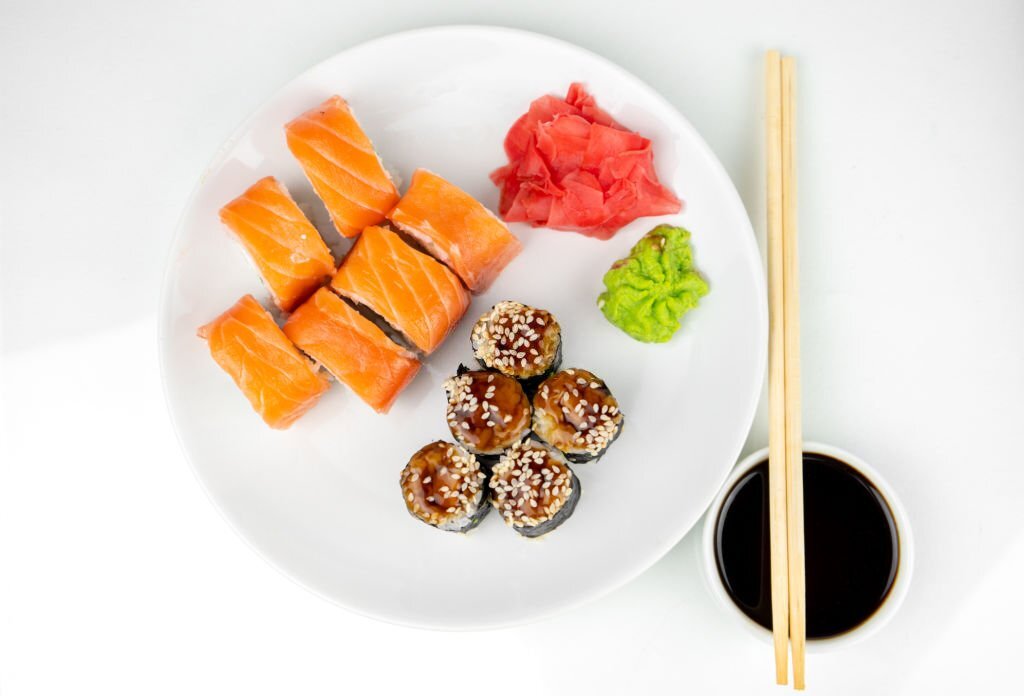Chicken breast is not just a staple in many cuisines, but also a nutritional powerhouse that offers a plethora of health benefits. Whether you’re looking to build muscle, manage your weight, support bone health, or boost your immune system, chicken breast has something to offer. In this article, we will explore the nutritional profile of chicken breast, its health benefits, ways to incorporate it into a balanced diet, cooking techniques, and even alternatives for those seeking a change.
Nutritional Profile of Chicken Breast
Protein Content
Chicken breast is renowned for its high protein content. In a 3.5-ounce (100-gram) serving, you can find approximately 31 grams of protein. This protein content is crucial for muscle development, repair, and overall growth. Amino acids, the building blocks of proteins, are vital for various bodily functions, making chicken breast an excellent choice for individuals with active lifestyles.
Vitamins and Minerals
Beyond protein, chicken breast contains a spectrum of essential vitamins and minerals. B vitamins, particularly B6 and niacin, are important for energy metabolism, nerve function, and skin health. Additionally, chicken breast is a good source of phosphorus, aiding in bone health, and selenium, an antioxidant that supports the immune system.
Low Fat Content
Chicken breast is remarkably low in fat, especially saturated fat. This makes it a heart-healthy option for those aiming to reduce their saturated fat intake. Choosing lean protein sources like chicken breast can contribute to overall cardiovascular well-being.
Health Benefits of Consuming Chicken Breast
Muscle Building and Repair
The protein-rich composition of chicken breast makes it an ideal food for muscle building and repair. Athletes, fitness enthusiasts, and those seeking to maintain muscle mass can benefit from the amino acids provided by chicken breast.
Weight Management
Chicken breast’s high protein and low fat content make it a weight management ally. Protein contributes to a feeling of fullness, reducing overall calorie intake. Incorporating chicken breast into your meals can help support weight loss and maintenance efforts.
Bone Health
Phosphorus, found in chicken breast, is essential for maintaining strong bones and teeth. Including phosphorus-rich foods like chicken breast in your diet contributes to bone health and overall skeletal well-being.
Immune Support
Selenium, a mineral found in chicken breast, plays a vital role in supporting the immune system. It acts as an antioxidant, protecting cells from damage and promoting immune function.
Incorporating Chicken Breast into a Balanced Diet
Portion Control
While chicken breast offers numerous benefits, portion control is key. Balancing your intake ensures you receive the advantages without overindulging in calories. Incorporating lean proteins like chicken breast into your meals while controlling portions supports a balanced diet.

Meal Planning
Strategic meal planning allows you to include chicken breast in a variety of dishes. From salads to stir-fries, sandwiches to wraps, chicken breast can be a versatile centerpiece that complements other nutrient-rich ingredients.
Pairing with Whole Grains and Vegetables
Chicken breast’s neutral flavor makes it an excellent canvas for pairing with whole grains and vegetables. The combination provides a balanced array of macronutrients and micronutrients, creating a satisfying and nutritious meal.
Cooking Techniques for Tender and Flavorful Chicken Breast
Grilling
Grilling chicken breast imparts a smoky flavor and appealing grill marks. To keep the meat tender, marinating it beforehand can enhance its juiciness and taste.
Baking
Baking chicken breast ensures even cooking and can be a hassle-free method. You can create delicious one-pan meals by baking chicken breast alongside vegetables and seasonings.
Sautéing
Sautéing chicken breast in a pan allows for quick and easy preparation. This method is ideal for busy weeknight dinners when time is limited.
Poaching
Poaching chicken breast involves simmering it in liquid until cooked. This gentle method helps retain the meat’s moisture and can be used for salads, sandwiches, and more.
Marinades and Seasonings to Elevate Flavor
Lemon-Herb Marinade
A zesty lemon-herb marinade adds a burst of freshness to chicken breast. Combine lemon juice, olive oil, garlic, and your favorite herbs for a delightful flavor infusion.
Teriyaki Glaze
For an Asian-inspired twist, marinate chicken breast in teriyaki sauce. The sweet and savory glaze caramelizes during cooking, enhancing the overall taste.
Cajun Spice Rub
A Cajun spice rub lends a bold and spicy kick to chicken breast. Create a rub with paprika, cayenne pepper, garlic powder, and other seasonings for a flavor-packed experience.
Recipe Ideas: From Simple to Gourmet
Classic Grilled Chicken Salad
Toss grilled chicken breast with fresh greens, colorful vegetables, and a light vinaigrette for a satisfying and nutrient-rich salad.
Baked Garlic Parmesan Chicken
Coat chicken breast with a mixture of garlic, Parmesan cheese, and breadcrumbs, then bake until golden and crispy for a delectable entrée.
Stir-Fried Chicken with Vegetables
Sauté chicken breast and an assortment of vegetables in a flavorful stir-fry sauce for a quick and wholesome meal.
Mediterranean Stuffed Chicken
Impress your guests with Mediterranean stuffed chicken. Fill a chicken breast with spinach, sun-dried tomatoes, and feta cheese before baking to perfection.
Addressing Common Concerns
Organic vs. Conventional Chicken
Choosing between organic and conventional chicken depends on your personal preferences and priorities. Organic chicken is raised without certain chemicals and antibiotics, while conventional chicken is more widely available and typically less expensive.
Food Safety and Cooking Temperatures
To ensure food safety, cook chicken breast to an internal temperature of 165°F (74°C). This kills harmful bacteria and ensures the meat is safe to consume.
Allergies and Dietary Restrictions
For individuals with allergies or dietary restrictions, it’s important to be aware of potential allergens in marinades, seasonings, and side dishes. Choose options that align with your dietary needs.
Chicken Breast and Fitness Goals
Pre- and Post-Workout Nutrition
Chicken breast can play a crucial role in pre- and post-workout nutrition. Consuming protein before a workout supports energy and muscle function, while post-workout protein aids in recovery and muscle repair.
High-Protein Diets
Chicken breast aligns well with high-protein diets, which are popular among individuals aiming for muscle gain, weight loss, or improved athletic performance.
Muscle Recovery
The amino acids in chicken breast contribute to muscle recovery, helping to alleviate muscle soreness and promoting the repair of micro-tears that occur during exercise.
Exploring Alternative Protein Sources
Plant-Based Alternatives
For those seeking plant-based options, tofu, tempeh, legumes, and seitan are excellent sources of protein that can replace or complement chicken breast in various dishes.
Other Lean Meats
While chicken breast is a prominent lean protein, other meats like turkey, lean cuts of beef, and fish can also be part of a diverse and nutritious diet.
Combining Protein Sources
Combining different protein sources, such as chicken breast and beans or quinoa, ensures you receive a wide range of amino acids and nutrients.
In conclusion, chicken breast is more than just a protein source; it’s a versatile, nutrient-rich food that supports muscle health, weight management, and overall well-being. By understanding its nutritional value, experimenting with cooking techniques, and exploring alternative protein sources, you can make chicken breast a delicious and nutritious addition to your diet.
FAQ-
1. Is chicken breast a good source of protein for muscle building?
Absolutely! Chicken breast is renowned for its high protein content, making it an excellent choice for individuals looking to build and repair muscles. The amino acids in chicken breast support muscle growth and recovery, making it a staple for athletes and fitness enthusiasts.
2. Can I include chicken breast in a weight loss diet?
Yes, you can! Chicken breast is a low-fat, high-protein food that can aid in weight management. Protein-rich foods like chicken breast help increase feelings of fullness, which can lead to reduced overall calorie intake. Remember, portion control and pairing with nutrient-rich ingredients are key to a balanced weight loss diet.
3. Are there alternative protein sources for those with dietary restrictions?
Absolutely. If you have dietary restrictions or follow a plant-based lifestyle, there are plenty of alternatives to chicken breast. Tofu, tempeh, legumes (such as beans and lentils), and seitan are excellent plant-based protein sources. Additionally, lean cuts of turkey, beef, and fish can provide alternatives for those who consume animal products. Mixing and matching different protein sources can help you meet your nutritional needs.
